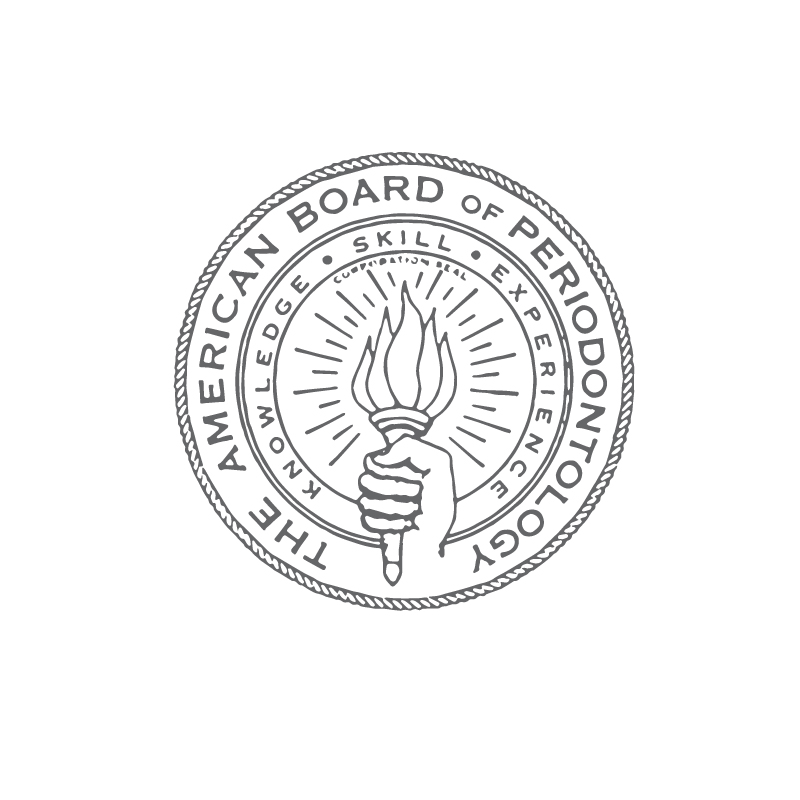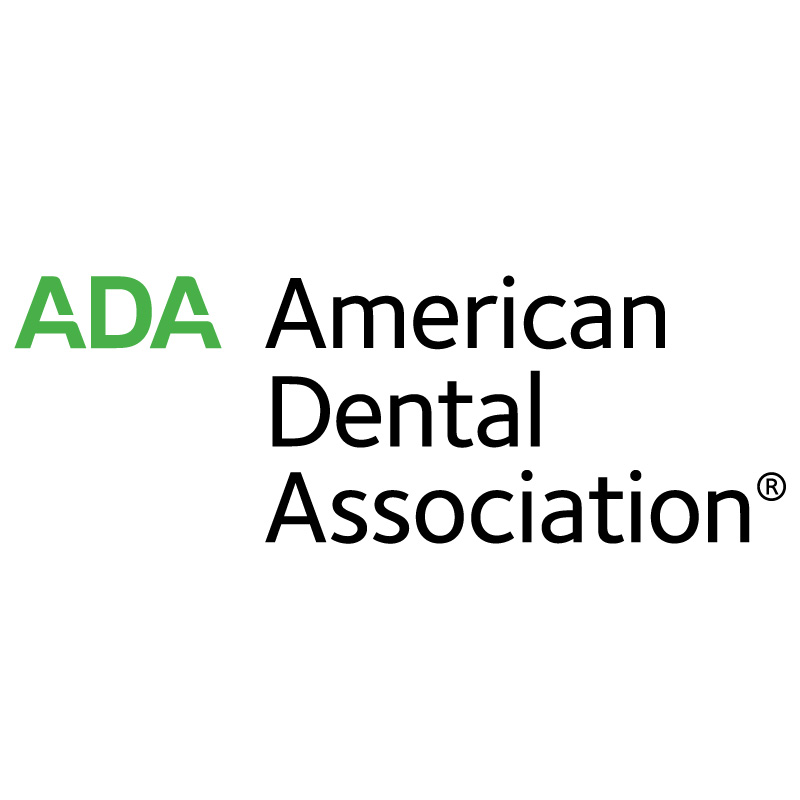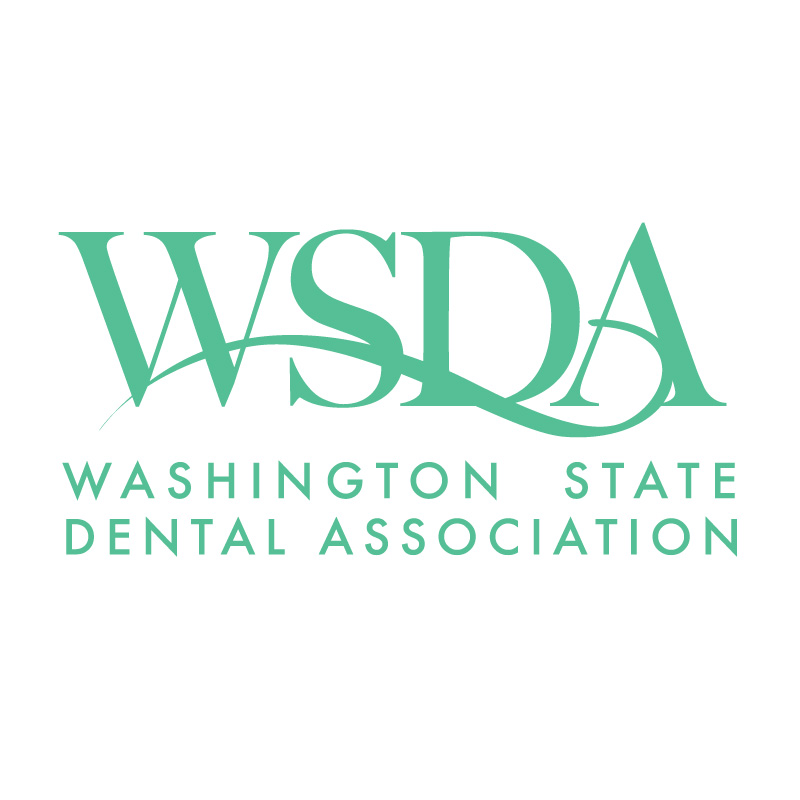
Prior to recommending a bone graft, you will be seen for a clinical examination, radiographs and possibly a 3D CBCT image of the jaw. We will discuss the procedure with you and outline the expected results. The two main types of jaw bone deficiencies are horizontal and vertical. There are various methods of grafting and each technique will depend on your specific case.
The procedure is performed under local anesthesia and takes between 1 hour and 1.5 hours. The tissue is opened in the area, and bone grafting materials are placed in the deficient site. Bone grafts are either Allograft or human donor bone, Xenograft or bovine bone, and sometimes combined with some of the patient’s own bone from the area. All graft materials are processed and screened to eliminate any chance of rejection. The graft is covered with a barrier membrane which helps retain its shape. The area is sutured and we review your post-op instructions. After 3 weeks, the sutures are removed and we check to make sure healing is going smoothly. After 4-6 months, the graft will be complete and ready for implant placement. We recommend an implant planning appointment at this time to review the placement of implants, and a 3D CBCT scan is often taken.
Lynnwood Periodontics & Implants is committed to providing the most advanced bone grafting services that can be done comfortably and predictably. With Dr. Brancheau’s experience and skill with these procedures, implants can be placed in areas that previously were impossible. We take great pride in being able to restore a patient's ability to chew and improving their quality of life through these implant and regenerative procedures.
Benefits of Bone Grafting/Ridge Augmentation
- Restores lost jaw bone so implants can be placed
- Allows for ideal implant placement and long-term health
- Grafted bone performs equal to native bone
Before & After Photos
Dental Implants
Quick Contact
What People Are Saying
Affiliations
Dr. Brian Brancheau is an active member of
Dr. Brian Brancheau is an active member of












